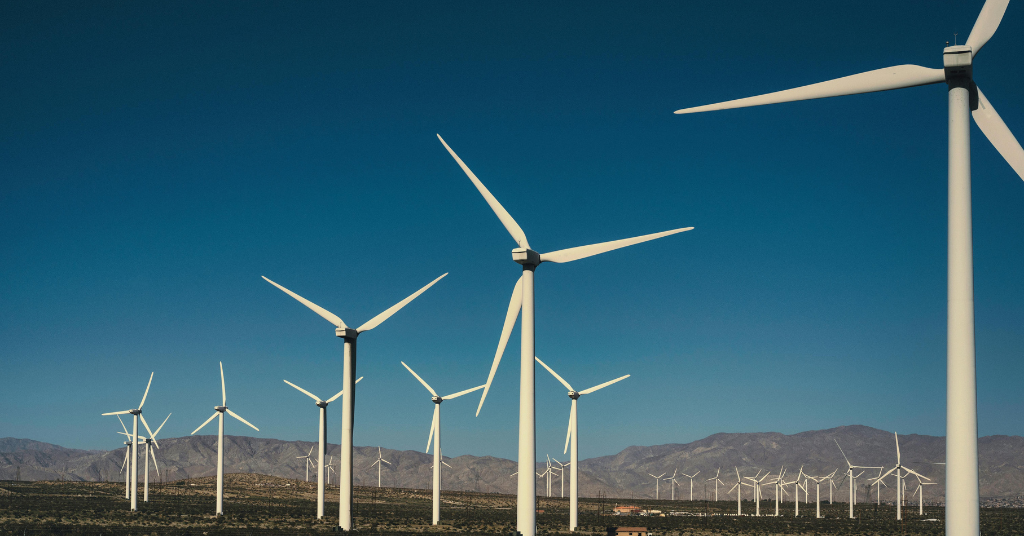Autumn is harvest season across Europe. Farmers’ markets brim with fresh produce, and communities celebrate the abundance of local crops. But beyond its cultural and culinary significance, the way we eat during this season can also influence Europe’s climate ambitions. Seasonal and local food choices reduce emissions from long supply chains, cut energy used in storage and transport, and support resilient rural economies. In the context of the Fit for 55 package – which aims to reduce greenhouse gas emissions by at least 55% by 2030 – food systems and consumer behavior play an often-overlooked, but critical role.
Food systems and the Fit for 55 agenda
Agriculture and food supply chains contribute significantly to Europe’s greenhouse gas emissions, accounting for around 10% directly from farming and much more when considering processing, packaging, and distribution. The Fit for 55 package includes measures that impact this sector indirectly, such as stricter standards on land use, renewable energy integration, and energy efficiency. By shifting dietary habits toward seasonal, plant-rich, and locally sourced foods, consumers can reinforce these systemic efforts and accelerate emission reductions.

The benefits of seasonal eating
Eating seasonally reduces the need for energy-intensive greenhouses, long-distance transport, and refrigeration. For example, choosing apples, pears, and root vegetables in autumn instead of imported tropical fruits lowers carbon emissions tied to aviation and shipping. Seasonal produce is also fresher and often higher in nutritional value, aligning environmental benefits with personal health. On a societal level, widespread adoption of seasonal eating can significantly reduce the food system’s overall footprint.
Supporting local farmers and short supply chains
Autumn is the prime time to strengthen ties between consumers and local farmers. Farmers’ markets, community-supported agriculture (CSA) schemes, and direct-to-consumer sales shorten supply chains, which minimizes emissions from logistics. They also boost local economies, ensuring that revenue stays within rural areas while creating incentives for farmers to adopt more sustainable practices. Such local systems resonate with the EU’s broader vision of a resilient, circular economy that underpins the Fit for 55 targets.
Tackling food waste in times of abundance
Harvest season often leads to food surpluses, which can contribute to waste if not managed properly. Food waste accounts for roughly 10% of global greenhouse gas emissions. Solutions include community initiatives that redistribute excess produce, household practices such as preserving and freezing, and policies that incentivize waste reduction across the supply chain. Reducing waste ensures that the resources and emissions embedded in food production are not squandered, reinforcing the climate benefits of seasonal eating.
Conclusion: eating as climate action
The choices we make at the dinner table are directly linked to Europe’s climate goals. By aligning eating habits with the seasons, supporting local farmers, and preventing food waste, citizens play a meaningful role in achieving the Fit for 55 objectives. Autumn’s harvest is more than a celebration of nature’s bounty, it is a chance to adopt eating patterns that protect the climate, strengthen local economies, and move Europe closer to a sustainable future.
Sources and references:
- https://www.consilium.europa.eu/en/policies/fit-for-55/
- https://www.eea.europa.eu/en/analysis/publications/transforming-europes-food-system
- https://www.eea.europa.eu/en/analysis/indicators/greenhouse-gas-emissions-from-agriculture
- https://www.eea.europa.eu/en/analysis/publications/progress-and-prospects-for-decarbonisation-in-the-agriculture-sector-and-beyond
- https://www.eea.europa.eu/en/analysis/publications/rethinking-agriculture
- https://www.eea.europa.eu/en/newsroom/news/challenges-europes-agri-food-systems




